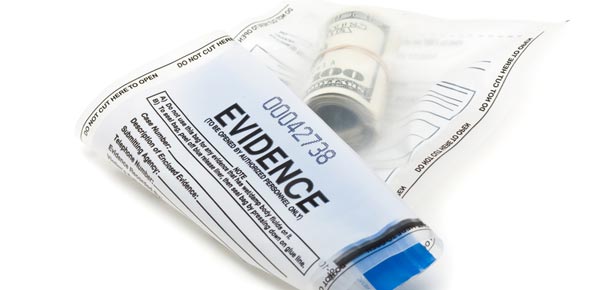Inferring From Evidence: Acids And Bases! Trivia Quiz
13 Questions
| Attempts: 76
2.
You may optionally provide this to label your report, leaderboard, or certificate.
×
Thank you for your feedback!
















